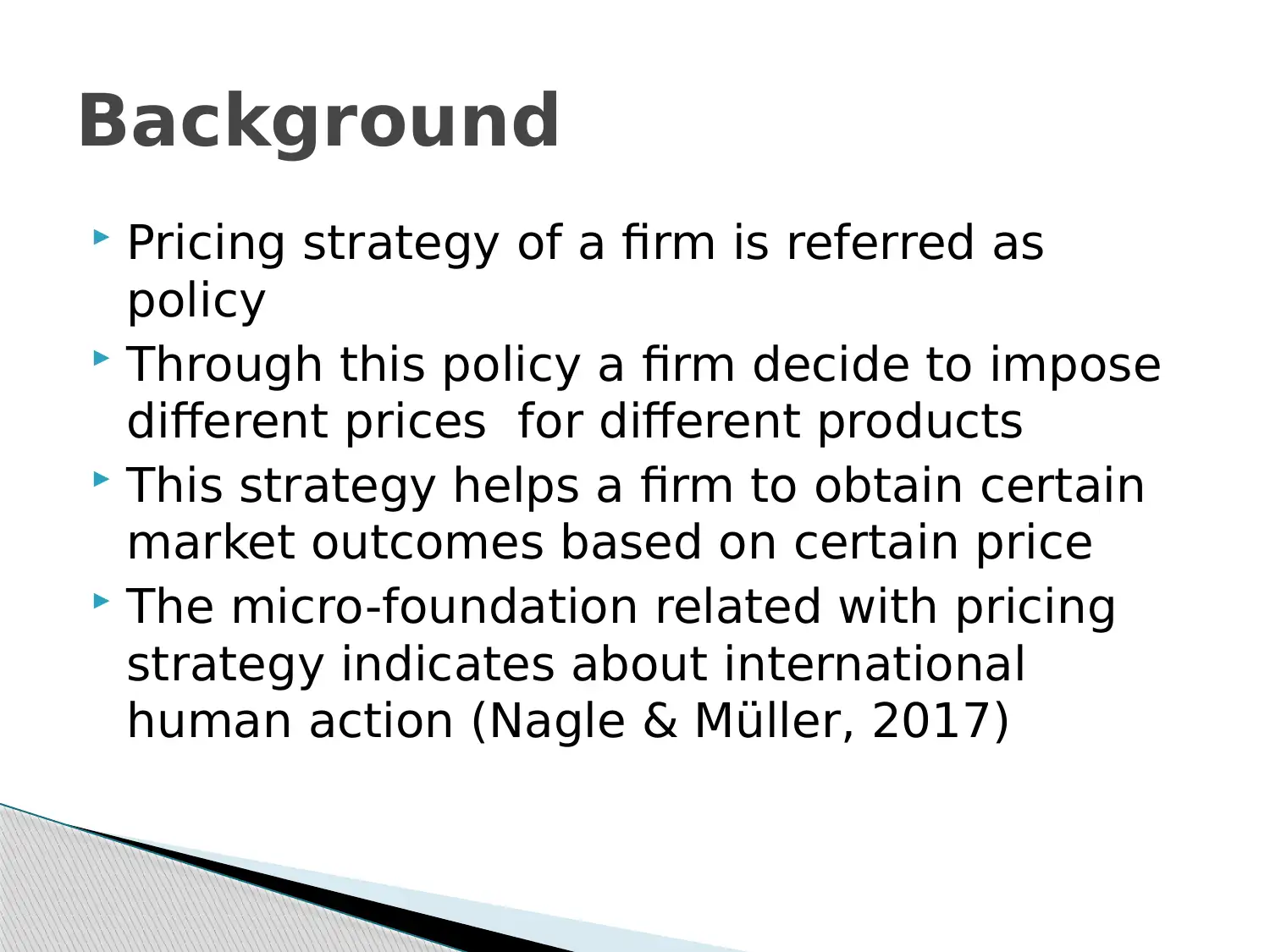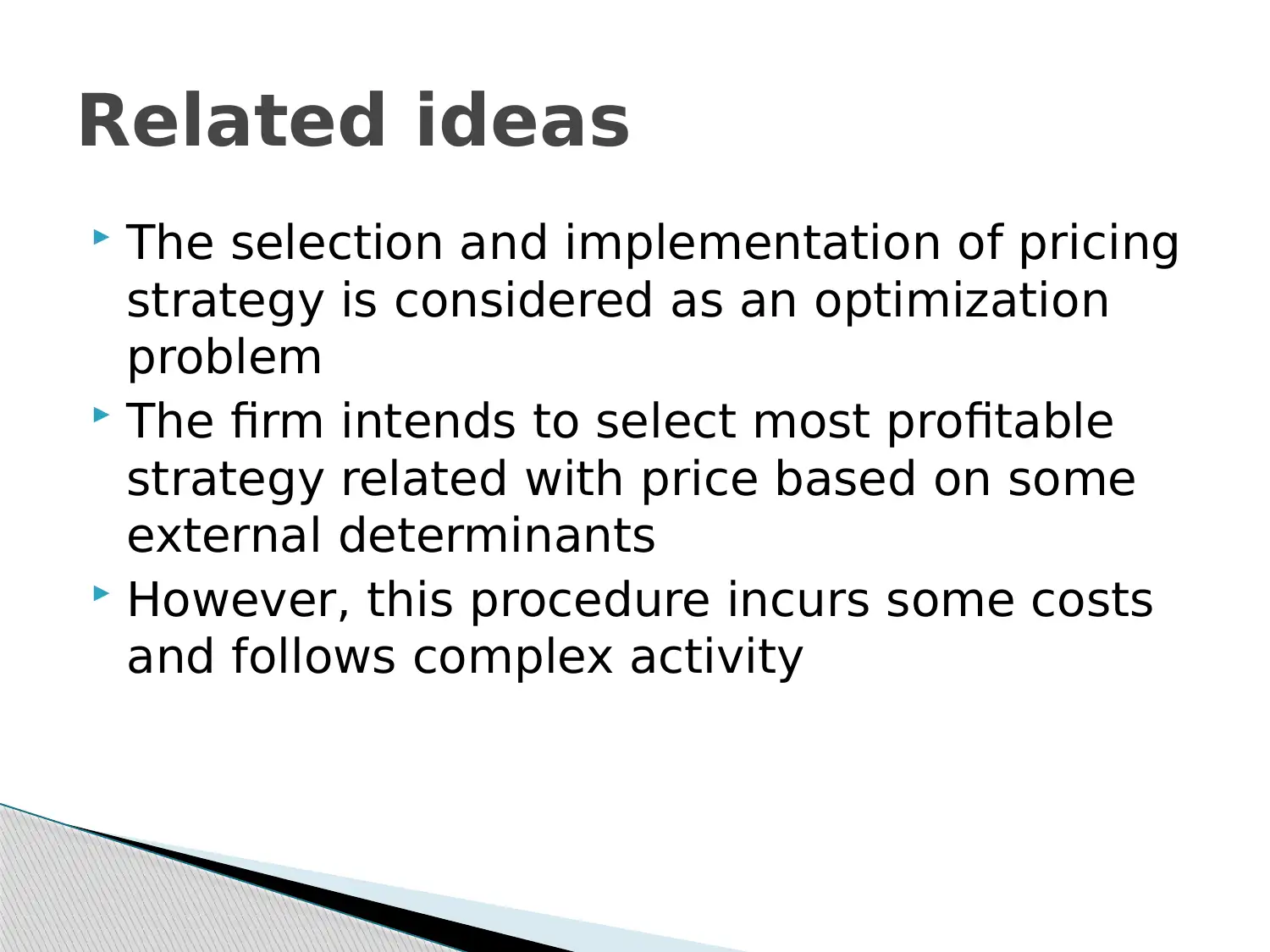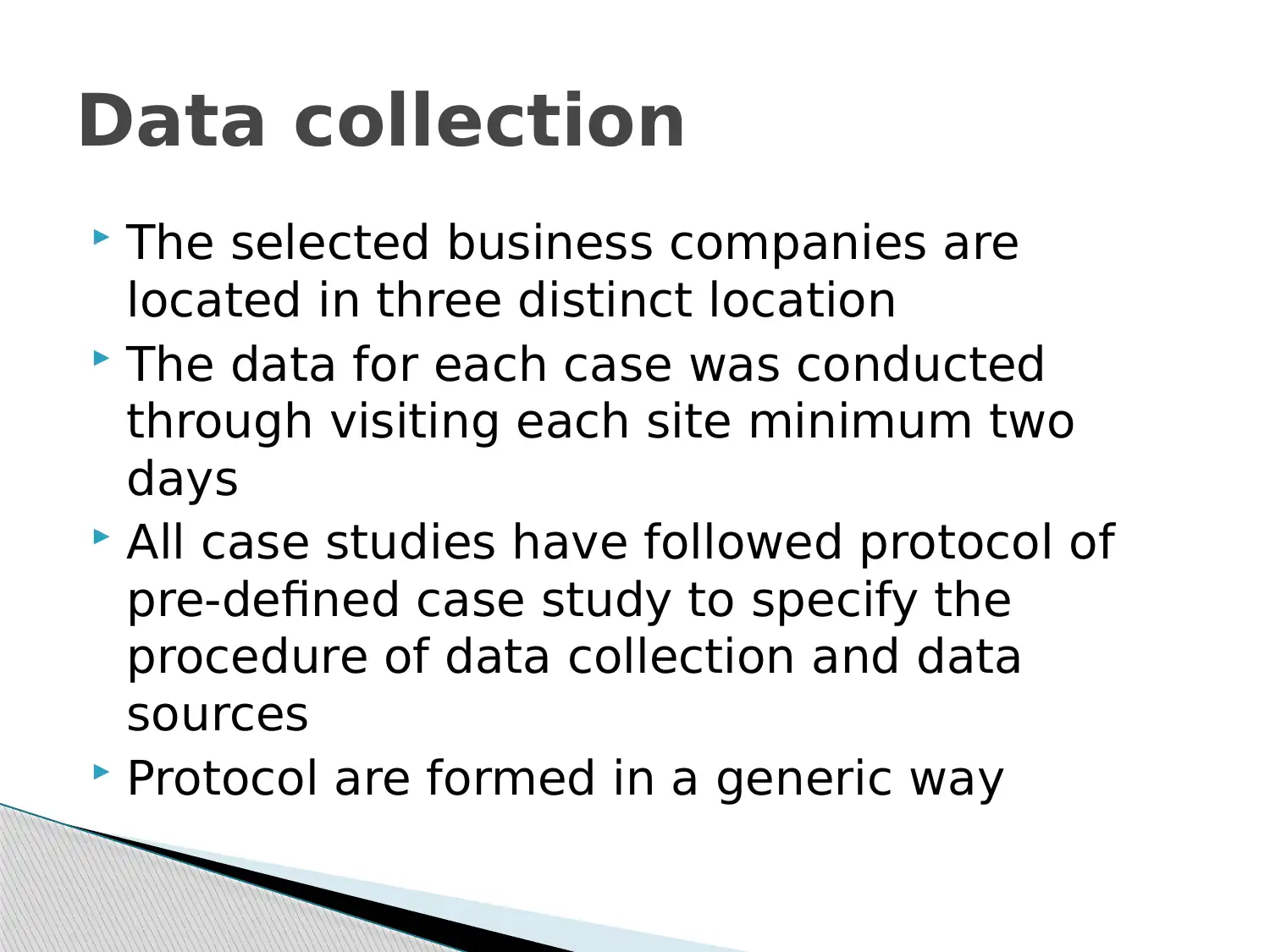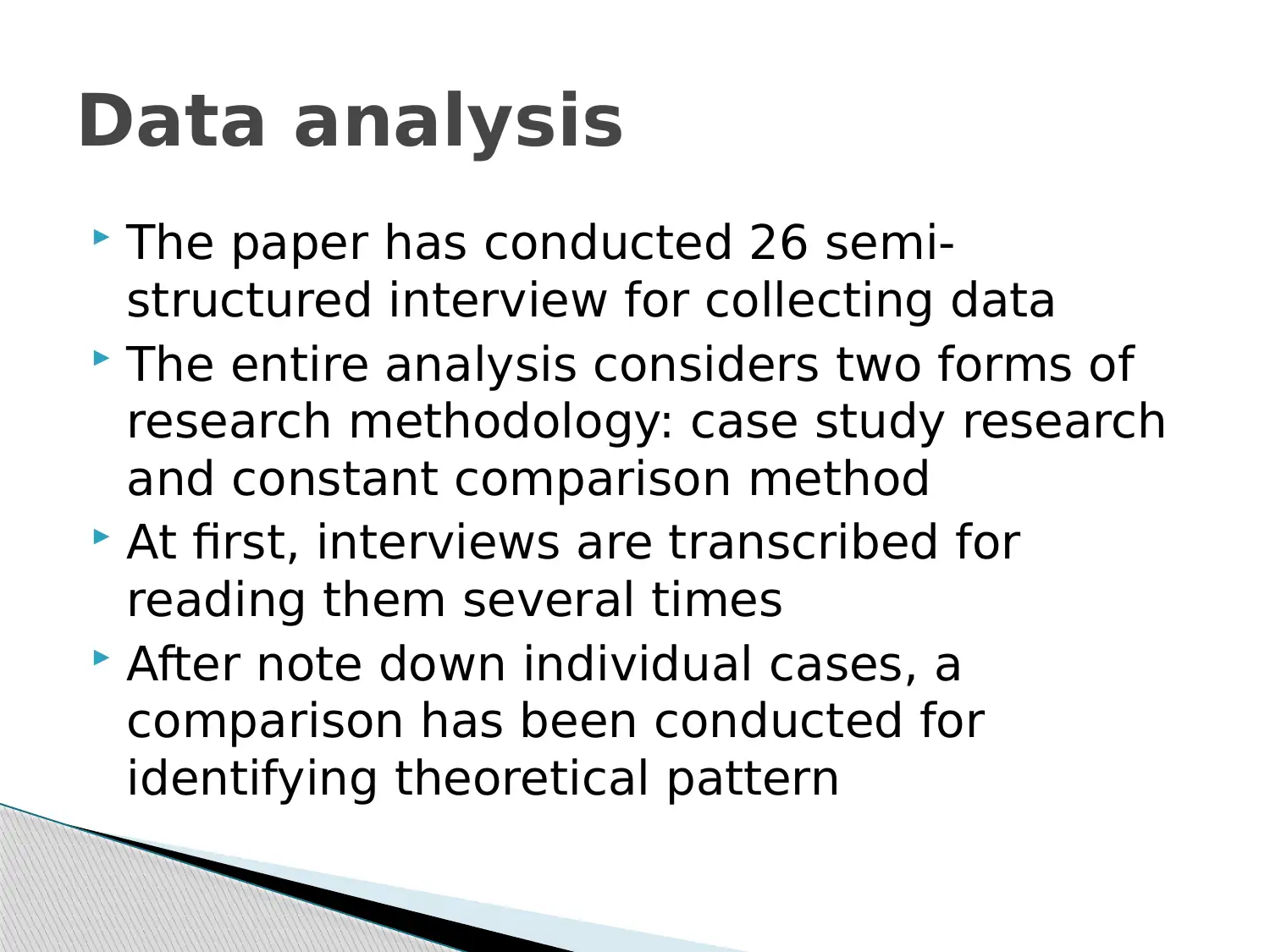BUSN 6120: Managerial Economics - In-depth Pricing Strategy Review
VerifiedAdded on 2023/06/07
|18
|945
|86
Presentation
AI Summary
This presentation delves into the pricing strategies employed by businesses, particularly within the context of managerial economics. It highlights how firms determine prices, considering production costs and profit margins, and discusses various pricing models such as penetration and discount pricing. The study focuses on the European packaging industry, utilizing case studies (CaCo, OppCo, and PremCo) to understand the influence of assets, routines, and individual judgment on pricing decisions. The research methodology involves explorative interviews and data analysis using case study research and constant comparison methods. Key findings emphasize the importance of individual judgment, commercial experience, and negotiation skills in pricing, which are often overlooked in previous studies. The presentation concludes with policy implications related to price discrimination, opportunity leverage, and human capital investment, while also acknowledging limitations such as the focus on a single industry and the exclusion of negotiable prices. Desklib provides similar solved assignments and resources for students.
1 out of 18
























![[object Object]](/_next/static/media/star-bottom.7253800d.svg)